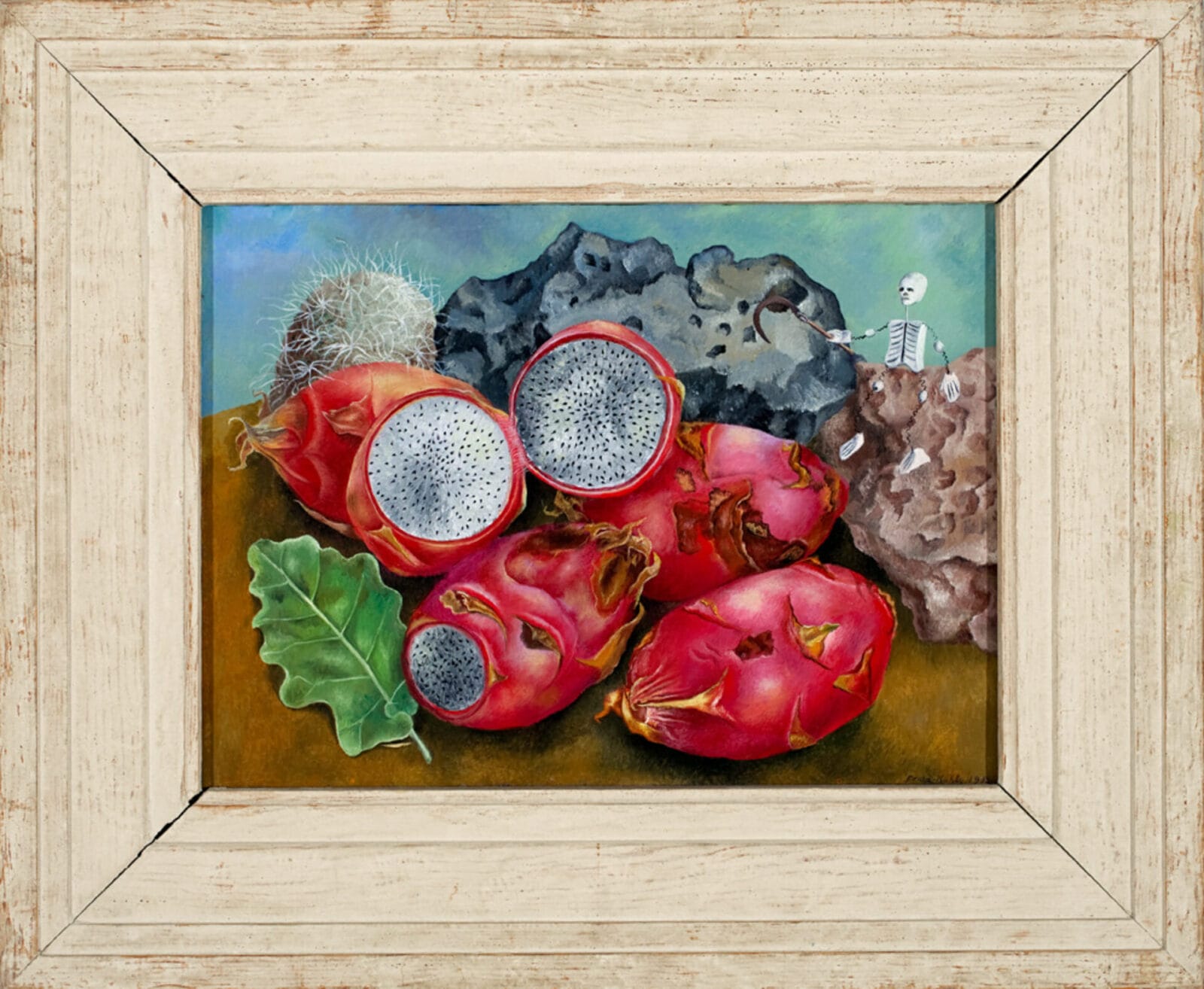Frida Kahlo
Born: 1907 (Mexico City, Mexico)
Died: 1954 (Mexico City, Mexico)
Frida Kahlo was one of the most important painters of the Mexican modernist movement, which thrived in the years between World War I and World War II. Her life was changed when at the age of eighteen her spine, foot, and pelvis were crushed in a bus accident. These insults to her body, which resulted in chronic pain for the rest of her life, were added to the suffering she had endured as a childhood victim of polio. During her convalescence, she turned to painting. In a series of probing self-portraits, often taking the form of still lifes as well as likenesses of herself, she explored issues of personal identity and human mortality. Unlike her husband, Diego Rivera, she was never drawn to the socio-political issues that informed the art of the Mexican muralists and printmakers. Her work was highly personal and played upon native traditions of Magic Realism and formats such as votive paintings and retablos. In 1938, André Breton–the poet-founder of Surrealism–visited Kahlo in Mexico City and declared her a Surrealist. He arranged for her work to be shown in New York and Paris to great success. Although marginalized during the period of modern art, which was dominated by male artists, Kahlo’s achievements were recognized in the 1970s as a significant contribution to the history of modern art and an exemplar of a newly recognized category of feminist art that arose out of social reforms of the period.
